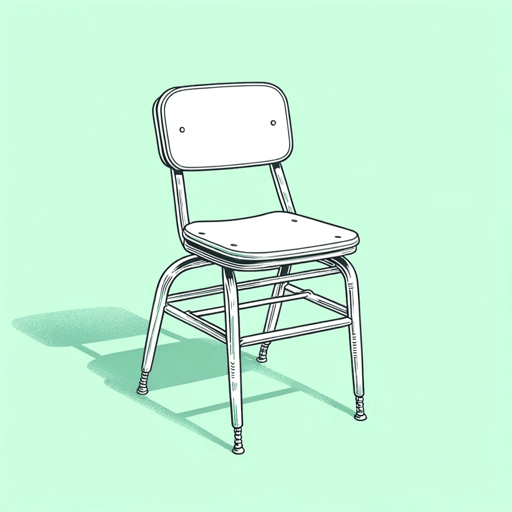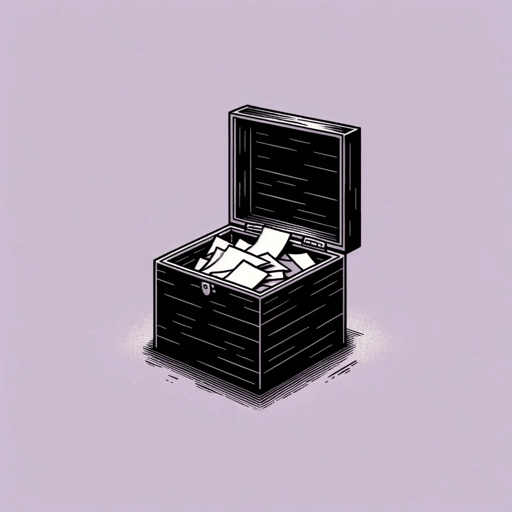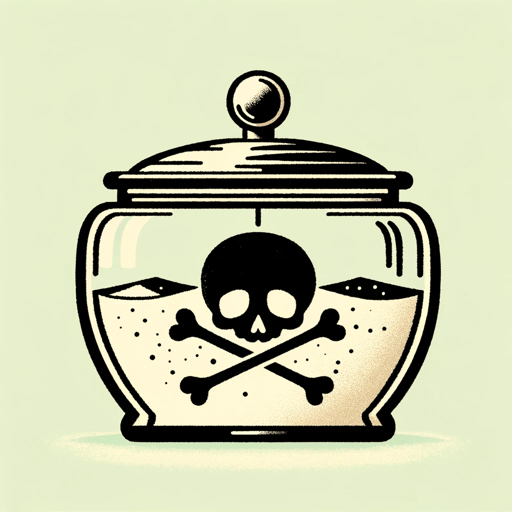27 pages • 54 minutes read
Shirley JacksonCharles
Fiction | Short Story | YA | Published in 1948A modern alternative to SparkNotes and CliffsNotes, SuperSummary offers high-quality Study Guides with detailed chapter summaries and analysis of major themes, characters, and more.
Symbols & Motifs
Charles
As much as he is a character, Charles is also a motif. He helps explain the central idea of appearances’ frequent disharmony with reality—or, more specifically, exteriors masking an underbelly. Laurie creates Charles in a bout of negative attention-seeking behavior as a scapegoat whom his parents can blame for Laurie’s own misdeeds, and whenever Laurie tells his parents about Charles’s various offenses, he seems happy if not jubilant. When he later switches gears and tells his parents that Charles has turned a new leaf and has started helping the teacher, he reports this with a “grim” demeanor, suggesting he feels the event is bad news. Displeased with Charles’s temporary harmlessness, Laurie quickly reverts his invention to a source of mayhem, restoring the exterior-underbelly dynamic. Moreover, while Laurie’s parents imagine that Charles lives elsewhere and is fundamentally unlike them, he is actually in their home and is their very flesh and blood. This illustrates the idea that scapegoating—locating evil only outside oneself—is not only futile but involves hubris.
Laurie’s School
The school symbolizes the dichotomy of truth and lies. It is a school, so it should be a place that is committed to the truth. However, it is the
Related Titles
By Shirley Jackson





